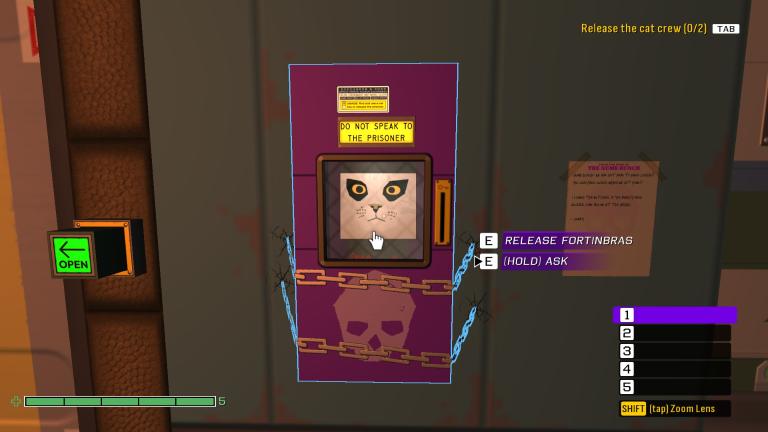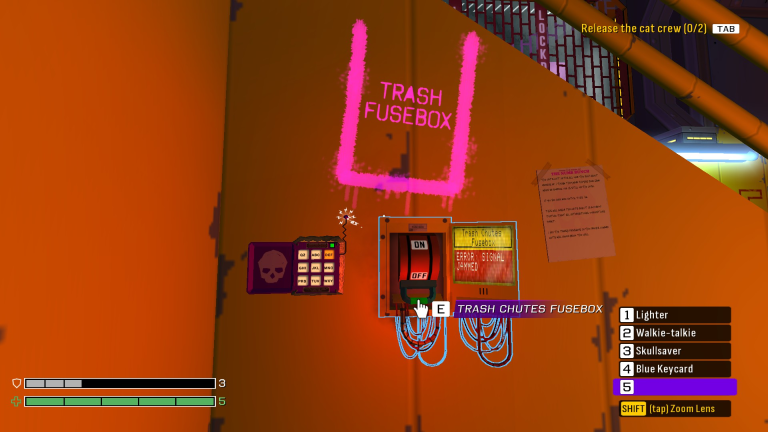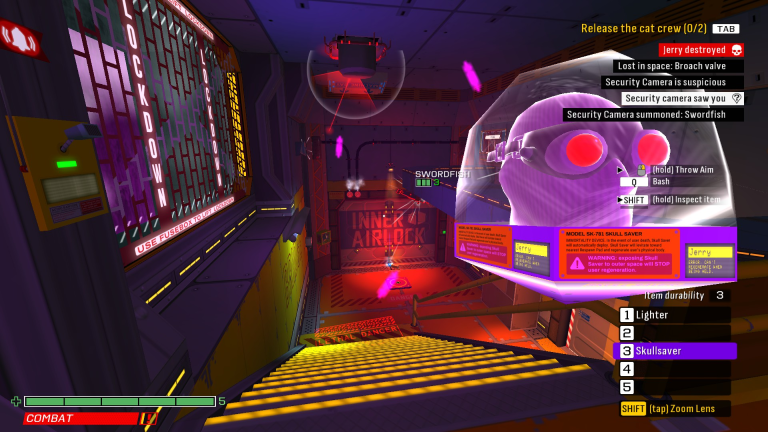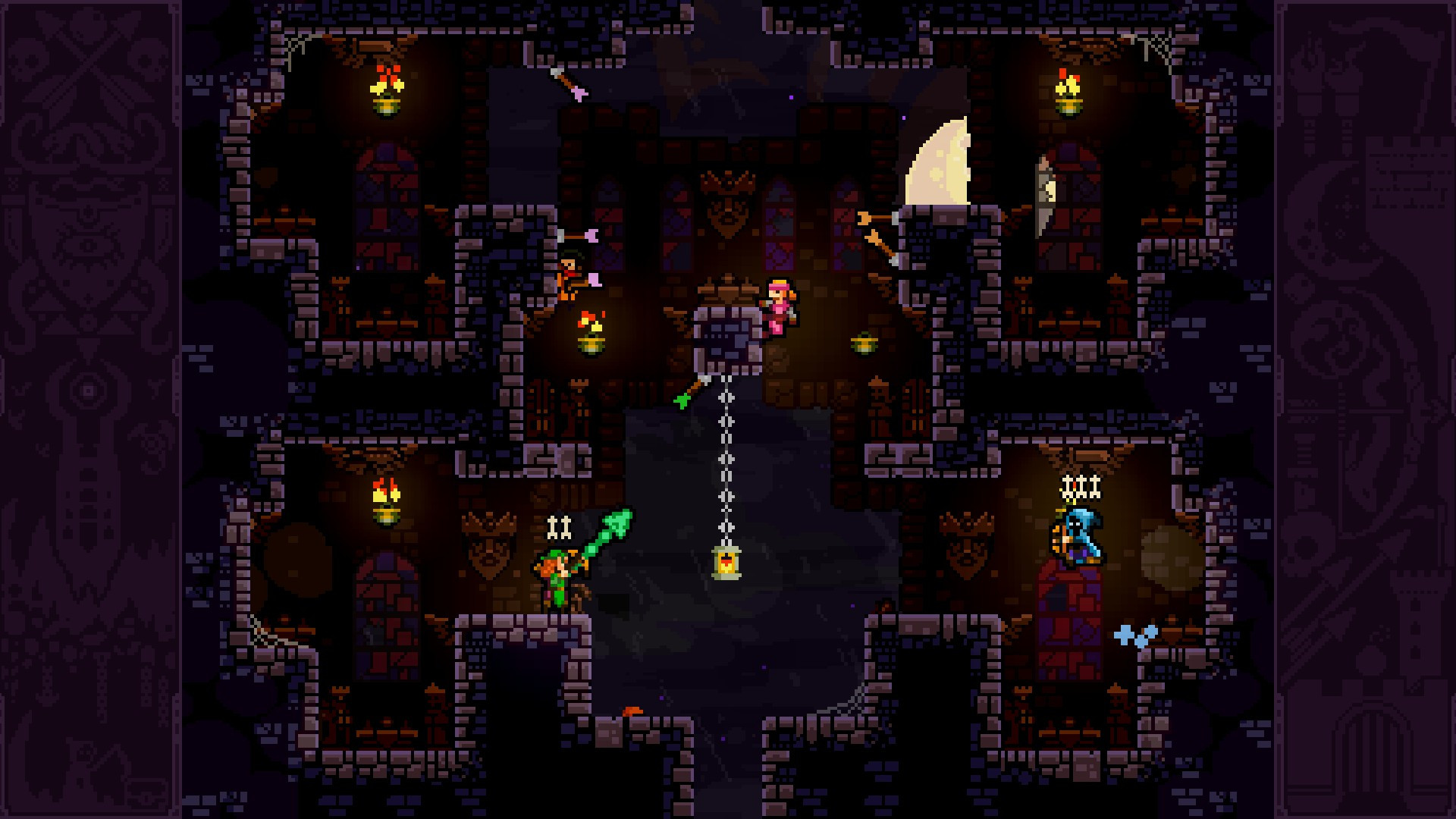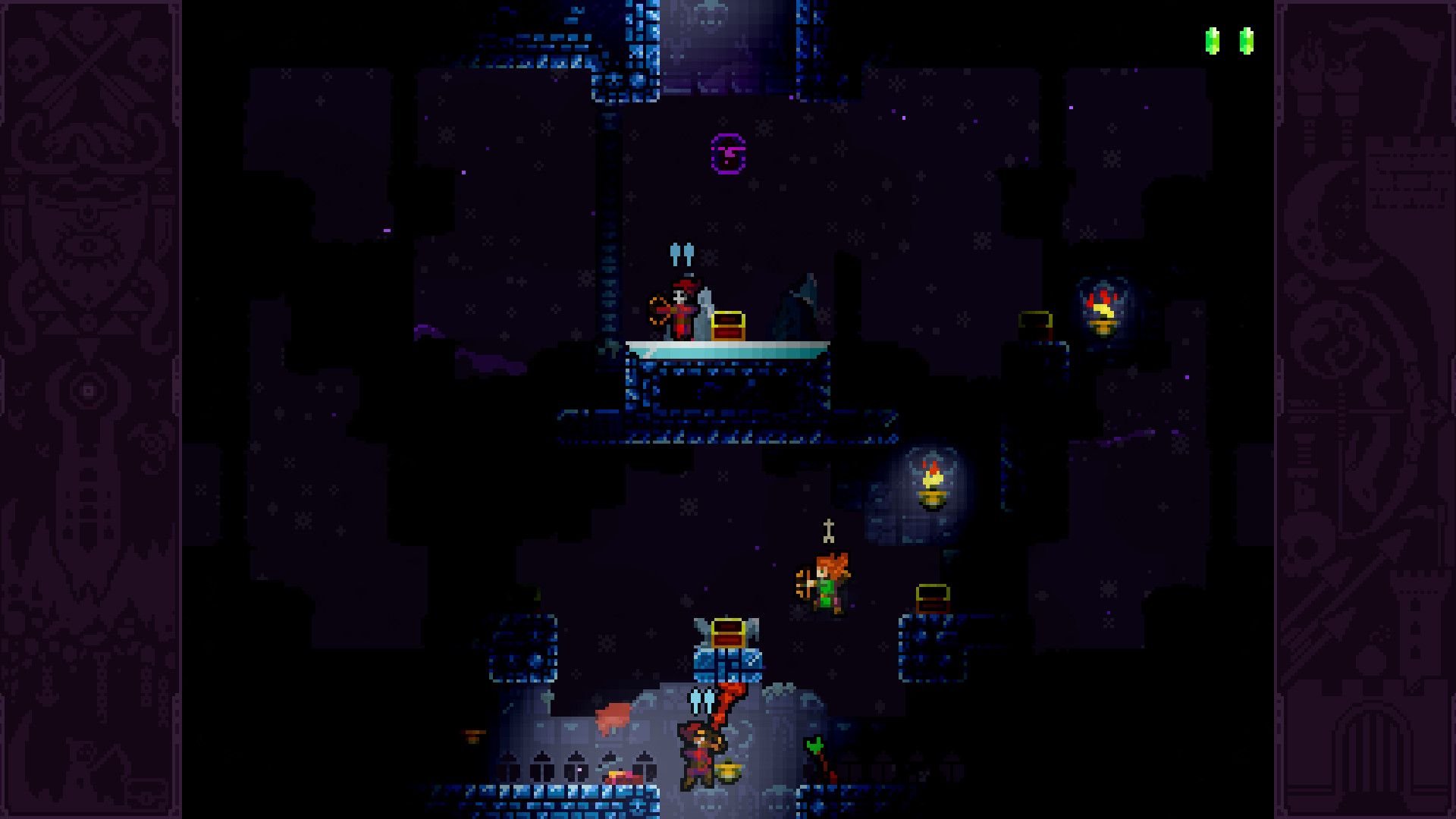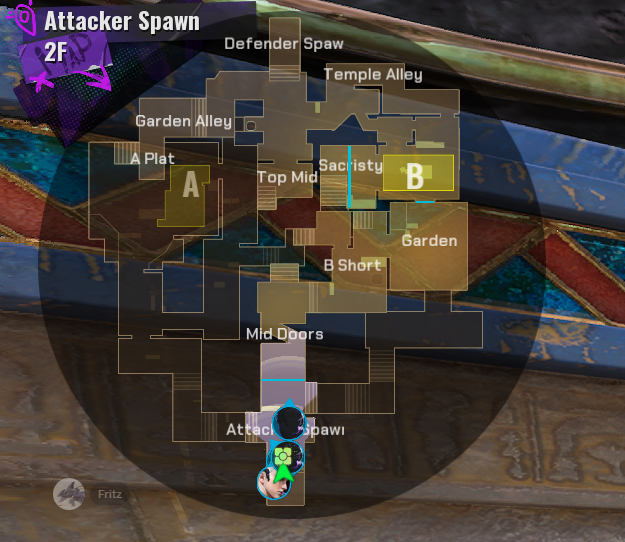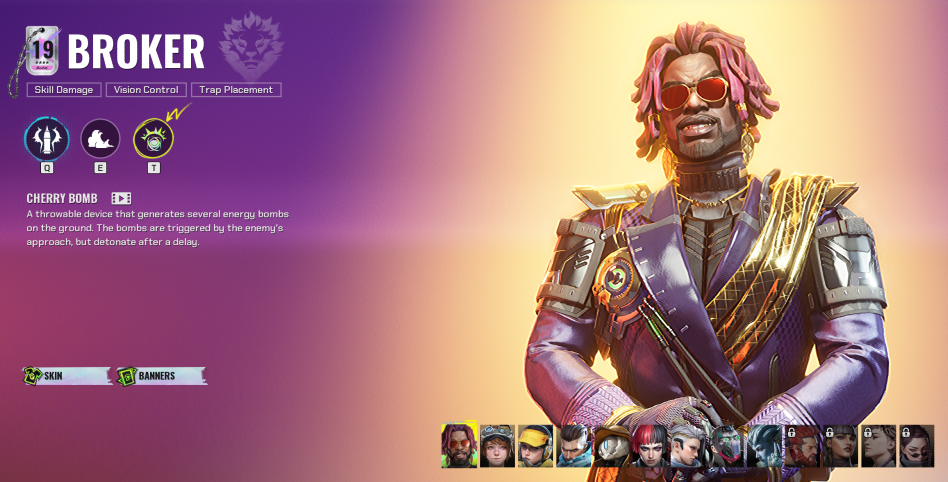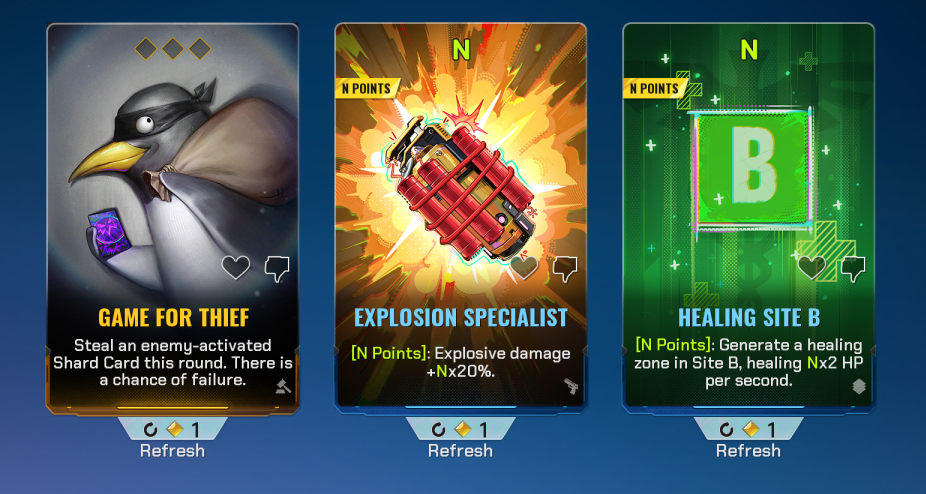Long time readers will know that I do daily writeups and wrapups of what I saw, and what I played during conventions. Unfortunately, I’m a bit busier this year than I normally am. So allow me to offer a brief and undetailed account, written in a mild fugue state, just around midnight of day 2.
First up, I’d like to explain the business: I’m competing in this year’s PAX East Omegathon.
Sorry, let me say that again.
I’M IN THE FUCKING OMEGATHON! AND I’VE MADE IT SEMIFINALS (after being carried in F-Zero by my awesome teammate)!
Anyway. More on that post show. But suffice to say: any extra energy has been redirected from writing to the Omegathon for the moment. I still want to document my thoughts, so let’s get started.
Day 1
Day 1 started off with the first round of the Omegathon. More on the full experience post show, but the game was F-Zero X. I practiced a little once I got the game list, but I was still quite bad. Fortunately, my partner practiced a ton. Between my mediocrity, and her excellence, we won our round and advanced.
This was followed by hitting the show floor, and just generally browsing. I’ll be honest, it feels a bit weaker this year. There are a lot of repeats, and also a lot of gaming-adjacent stuff. Chairs, dice (god, so many dice), and not as many games.
I want to make a special callout to Elden Ring Nightreign having this cool-ass inflatable geodesic dome thing that you can go inside and… not the play the game? It wins first prize for “Wow, I wish this was more interesting!” I don’t know why I would want to watch an hour of streamers playing a game that I can’t play, but whatever.
I did get a chance to finally learn and play Crokinole, so that was fun. I don’t know that I can squeeze and entire post out of Crokinole, but I might try since I’ve been playing a lot at the show.
Crokinole was followed by something I’ve been looking forward to for years at this point: A chance to play Re:Match, the new name for Brother Ming’s Sento Fighter. I’m hoping to do a larger writeup on the game post PAX, but for now all I’ll say is that I’m excited.
Finally, there was an opportunity to play in a Starter Deck Gem Blenders tournament. I’ve always had a hard time refining my thoughts on Gem Blenders, and playing a competitive event seemed like good way to grind some more matches. So I did that, got to finals, and split the pool.
Then I played out finals for fun and lost, but it’s okay since I already got half a booster box.
Finally, I went up to the Jonathan Coulton concert. I stayed for the opening set from Paul and Storm, but then decided to go back down the show floor and just relax.
Day 2
I spent most of the morning practicing Push Me Pull You, a game that truly has some of the sound design of all time. After that, and some intense rounds in the Omegathon, my team came out triumphant, leaving me with the rest of the day spend futzing about.
I started my futzing with Crokinole, before moving over to UnPub.
UnPub has been interesting this year. I played a bunch of stuff, but none of it so far was super memorable—except for one thing that was memorable for… less than great reasons. That said, it’s a work in progress. I have nothing to say about an unfinished game anymore then I’d comment publicly on an unfinished painting.
On the flip side, though, I got to play Tournament Arc again! I wrote a bit about this in one of my PAX Unplugged writeups last year. It’s still just as funny and enjoyable as it was then, except now it’s launching a Kickstarter shortly! So more on this one later, but for now just know that it’s good. If you’re at PAX East, you should check it out.
After that enjoyable experience, I tried to sign up for some 2-Headed Giant MTG. That… did not work out. It was an incredibly frustrating and frankly, incredibly stupid experience. I’ll get into this post-PAX most likely in a full rant post. It was that bad.
For now, I just want to note that it’s not the fault of individual staff of supervisors at the Pastimes booth as PAX East, but it was still incredibly dumb.
So instead, I just went and played in another Gem Blenders tourny, won another half of a box, played some Wavelength, before finally heading out.
Tomorrow is another day of Omegathon, so wish me luck and I’ll edit this post into something more coherent after the show. But for now, I just need to sleep.


